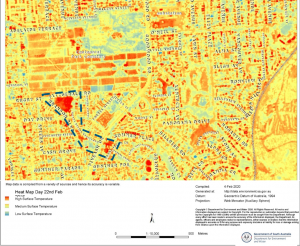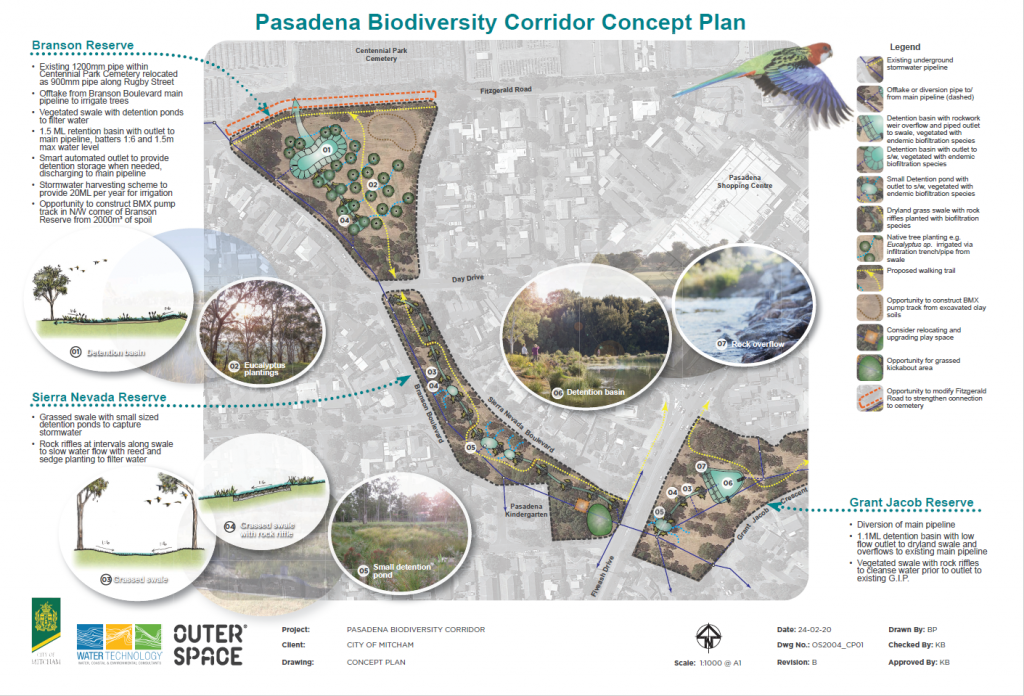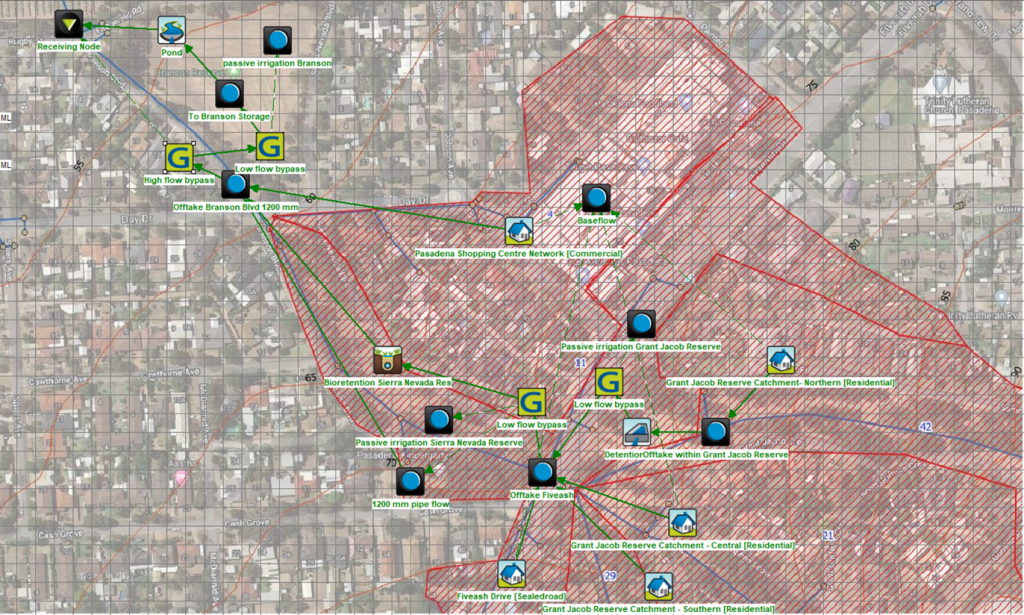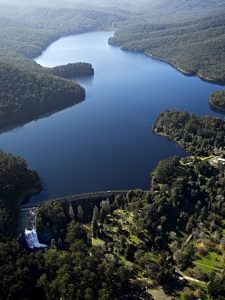Meet Sudeep Nair, Hydrologist
We are continuing the Meet Our People series where we put the spotlight on the people that make up eWater Group. We are an organisation focused on delivering smart, sustainable water management solutions in Australia and internationally.
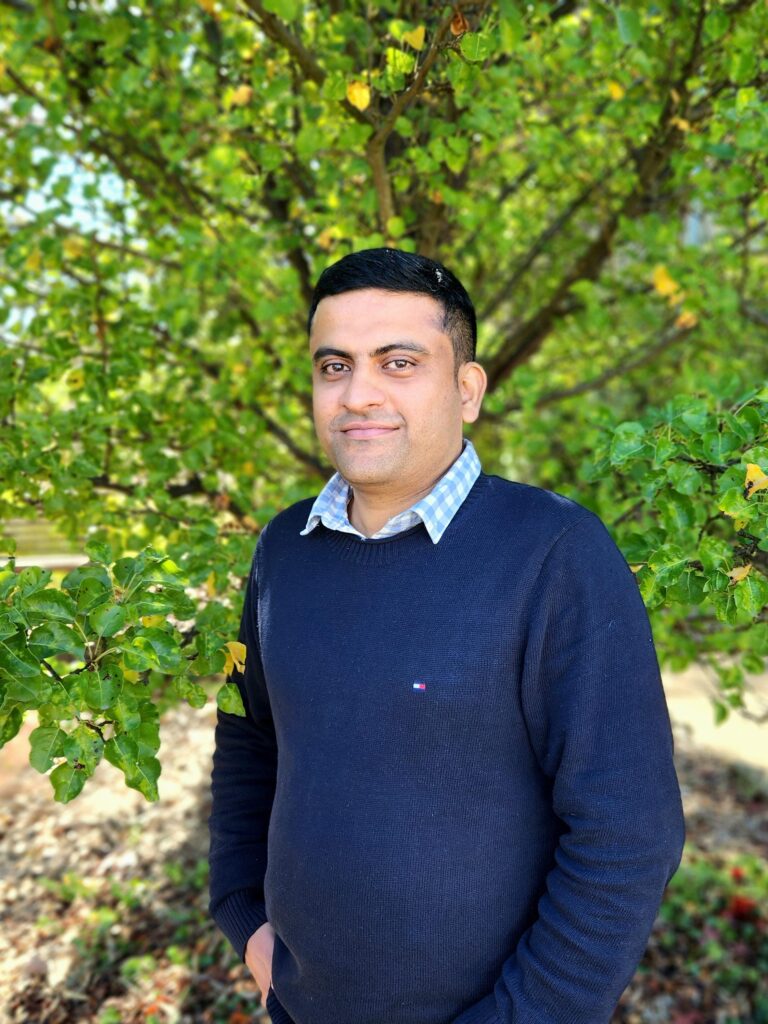
Sudeep Nair is one of our hydrological experts who has been working within our organisation and supporting our partners and clients nationally, and internationally, for nearly two years now, in addition to his 10 years of experience in the field of water resources management and modelling.
Sudeep’s interest in water resources began when he started his postgraduate studies at IIT Kharagpur leading him to pursue his doctoral studies in Environmental Hydrology and Water Resources, and eventually academia. But the urge to work on real-world water resource problems and water modelling was too great, and Sudeep made the leap from research to eWater Group.
As one of our hydrologists, Sudeep works on Australia’s National Hydrological Modelling Platform, eWater Source, and MUSIC, and supports this country’s most prominent government and non-government organisations to find solutions to support sustainable water management.
“I get the opportunity to involve in both the development of the tools and their application to solve real-world water management problems. Moreover, I am part of the team which supports the adoption and use of our software products through various training programs.”
Acting as a bridge between our customers, who include hydrologists and water modellers, and the software developer team, Sudeep identifies, tests, and reviews their models to ensure there are working at optimum levels to deliver high-quality water data and information in real time.
“I don’t have a typical day [at eWater Group] which is why I like working at our organisation. The hydrology team is a small and cohesive team, and we get the opportunity to get involved in almost all activities such as the development of new functionalities in Source and MUSIC, software maintenance and support, modelling, supporting clients and partners, and training.”
While our hydrology team may be small, it has a huge impact. “As a key member in a small team, my suggestions and feedback are heard and valued. It feels like a family here in eWater. I am also given the opportunity to undertake various training to regularly update my skills and knowledge.”
Like any industry, we face many challenges in water management and delivering high-quality data and information to a growing audience in Australia and internationally. For eWater Group our focus is offering Australian governments, water experts and institutions here and abroad the highest of expertise, knowledge, and support.
For Sudeep, the challenge we face is the need for clarity amongst modellers regarding the selection of appropriate water modelling tool to address changing and emerging needs of water managers.
“eWater Source [the National Hydrological Modelling Platform] is different and is increasingly being adopted in Australia which enables uniformity and comparison, along with [our other modelling platform] MUSIC, which is already used widely in Australia for urban water modelling purposes.
eWater Source, and MUSIC, are constantly evolving tools, with more capabilities and functionalities added to our toolkit based on customer feedback and requests. It is this continued drive to deliver better support and services which “make eWater tools ready for assessing new water-related challenges in the wake of climate change and other pressures.”
Who are we?
eWater Group is owned by the Australian Federal, State and Territory governments to further develop Australia’s world-class modelling tools and to provide support and training nationwide and internationally.
Our organisation is comprised of three divisions – eWater Solutions, the Australian Water Partnership and the Mekong Water Solutions to deliver water management solutions for communities in Australia and overseas.
We also partner with the Australian Department of Foreign Affairs and Trade, and research groups and institutions to provide expertise and support for sustainable water management solutions in Australia and internationally, now and into the future.

